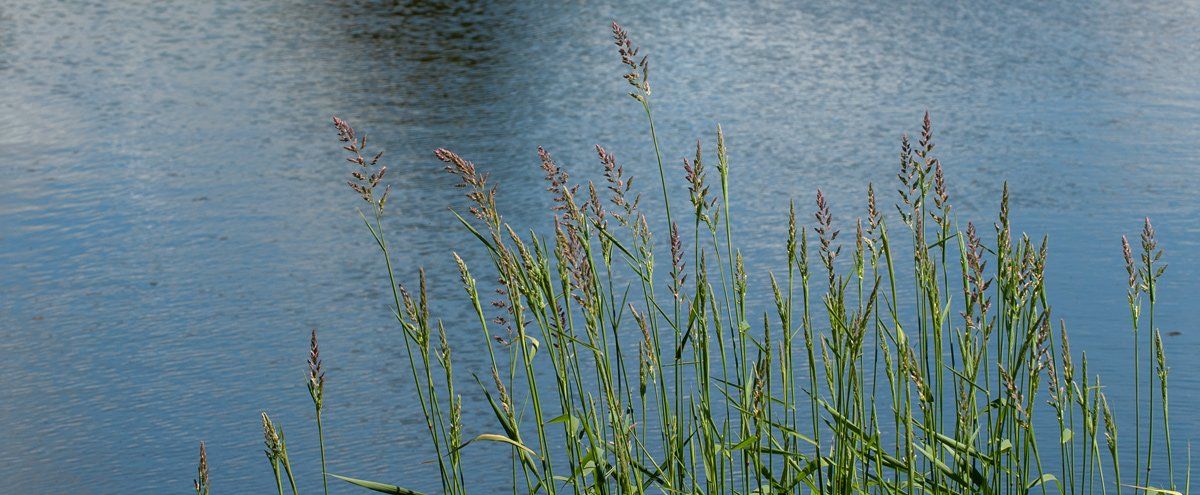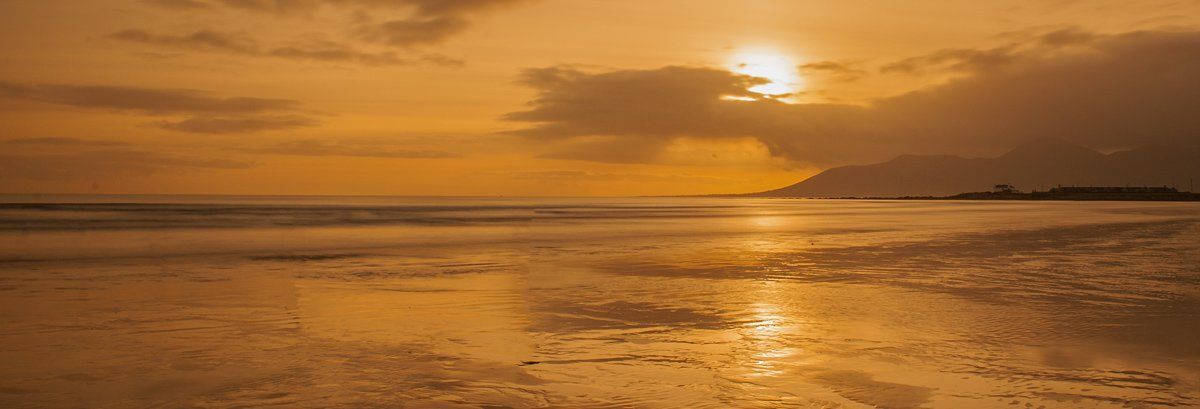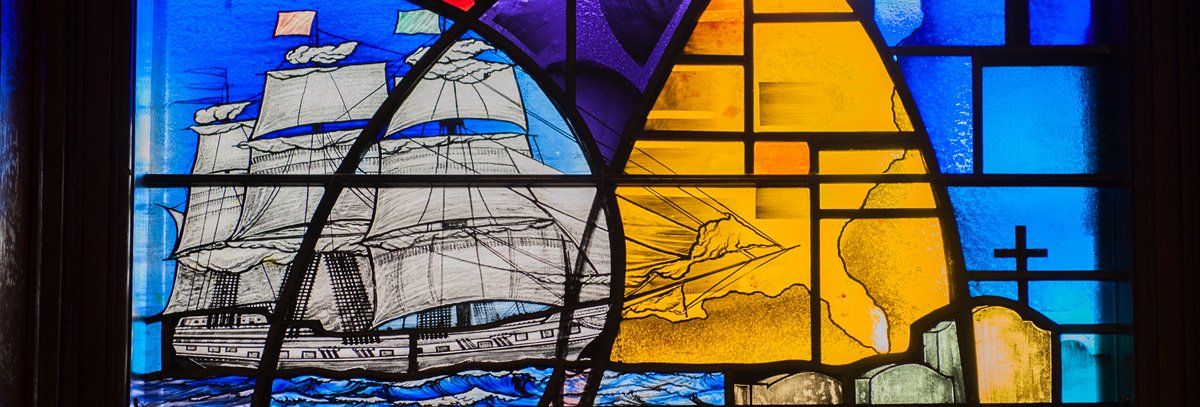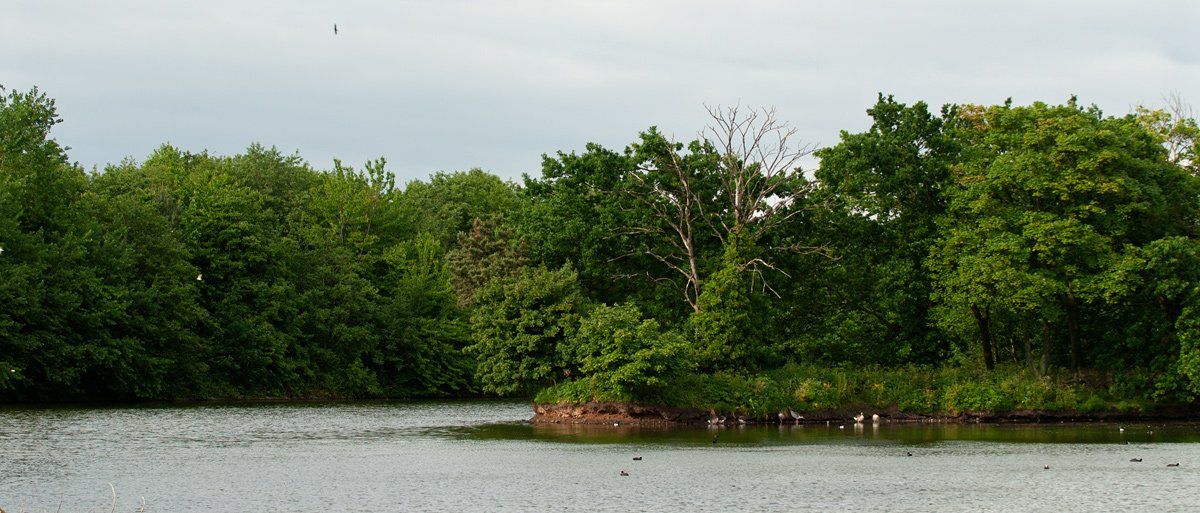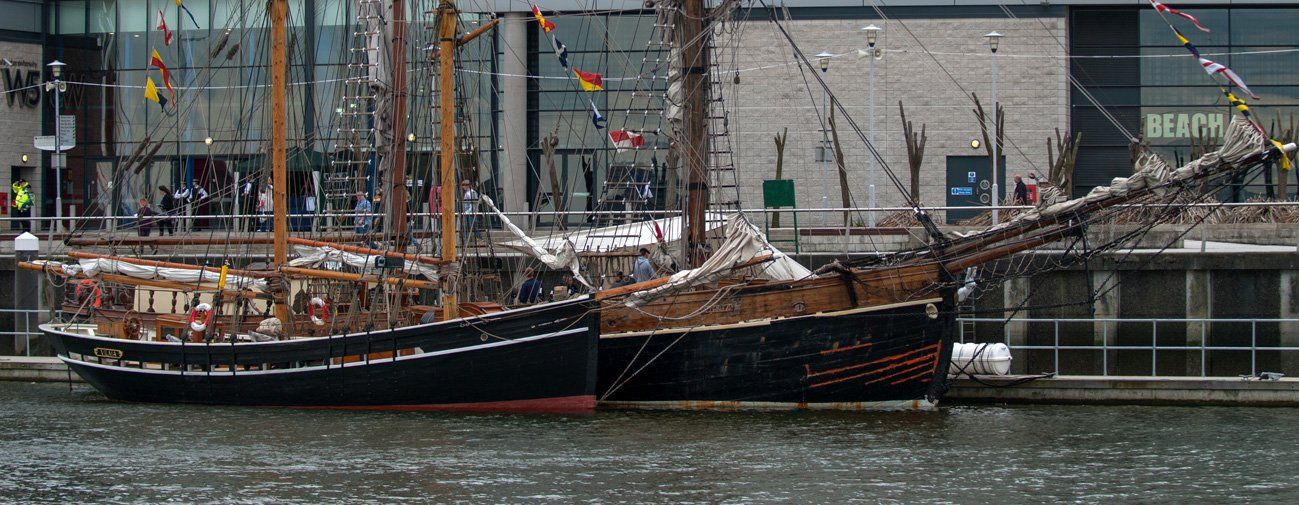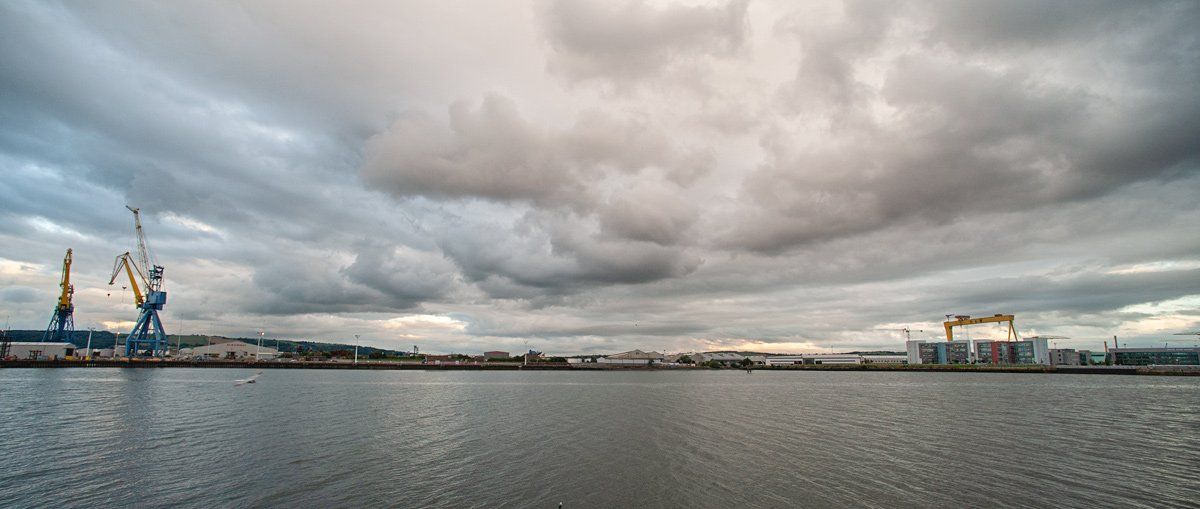Early History
The name Belfast comes from 'Beal Feirste' meaning ‘Mouth of the Sandy Ford’, a crossing over tidal mudflats to County Down. A chapel existed close to where St. George's Church of Ireland is today serving as a place of prayer for those making the hazardous crossing. At this time (pre-1600s) the settlement was no more than a chapel, a Norman keep and a collection of dwellings. The river Farset today flows in a concrete tunnel underneath High Street, past Custom House Square and into the Lagan. In those early days, boats were able to navigate the river for a few hundred metres, you can still see evidence of this in the names of streets such as Skipper Street.
The first castle was built here by the Norman knight John de Courcy in 1177, after taking control of Downpatrick and the strategic crossing and before establishing his stronghold at Carrickfergus. The keep was primarily to guard the crossing and access to the river, this castle was located several hundred yards away from where Castle Place is today (named after the original castle). It was destroyed and rebuilt several times, the last time being by Sir Arthur Chichester in 1611, this castle burnt down in 1708 and was never rebuilt. The Belfast Castle we see today located in woodlands below Cave Hill was built by the 3rd Marquis of Donegall in 1870 who was a descendant of Sir Arthur Chichester and is well worth a visit (Click here for info).
Belfast developed during the Plantation of Ulster under Sir Arthur Chichester who became Lord Deputy of Ireland in 1605, King James 1st of England granted him Belfast and surrounding lands, before this, he had been governor of Carrickfergus, the primary port and administrative centre for Ulster. Prosperity increased and settlers began arriving from England, Scotland, Wales and Europe, for many Belfast became their home. Under his directive, a quayside was built for the new settlement which in turn led to trade establishing. The plantation saw markets and commerce develop, and new infrastructures based on the English system. Merchants established and within twenty years Belfast developed into a thriving town which was granted a charter in 1613.
By 1660 the area around St. George's Church was a vibrant quayside with houses, stores, lodgings and inns, Belfast was homeport to twenty-nine ships of varying tonnage, by 1663 the first ship to be officially built here was registered and later in 1682, the 'long bridge' was built across the River Lagan. The population expanded and Belfast became a major trading port helped by the transfer of custom rights from Carrickfergus which had been the official port in Ulster. Belfast began exporting and importing products from England and Scotland with additional trade of wine and fruit coming from France and Spain.
In 1685, trade was established with the tobacco industries in America, the port became a key importer accounting for 20% of Irish tobacco imports. As these routes developed luxury goods starting to appear like silk, rice and sugar, the latter as a result of plantations in the colonies and the export of meat, salted fish, flour and butter would return, records show that in 1685 two hundred and forty-seven ships entered Belfast port. This expansive trading with the colonies led inevitably to involvement in slavery, which was seen as a legitimate practice in virtually all developing countries, many local families made large sums of money on the enslavement and suffering of others. This inhuman practice and its link to Belfast merchants continued until the abolishment of slavery in 1833.
During the instability around the political crisis of James II and events that led to him being deposed by his son-in-law William III many merchants took their money and left the country fearing a return to a barbaric civil conflict like that of 1641. However, the 1690 conflict between James II and William III was a relatively short-lived event with long-lasting local consequences. Belfast quickly recovered to become the second-largest trading port in Ireland, the biggest growth came with linen production whose roots lay in the cottage industries scattered throughout the county. New techniques in weaving were brought into Ireland by the Huguenots who played a major role in its development. They had supported the cause of William III, in return he offered incentives for them to settle here which many took up.

